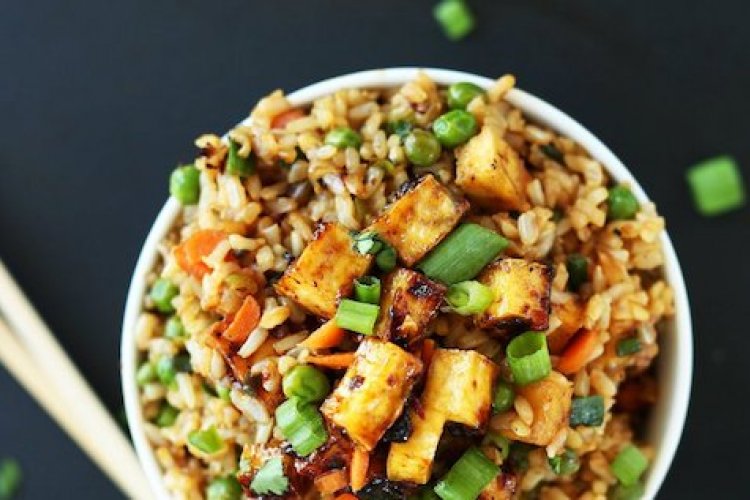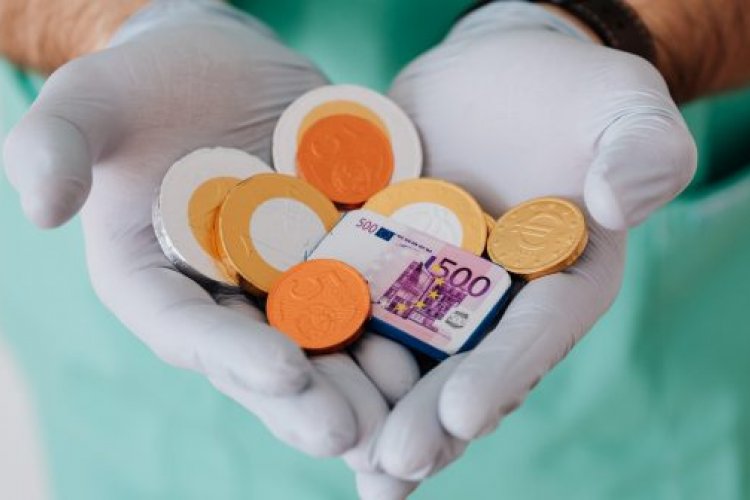How to Spot, Prevent, and Iron Out Iron Deficiency
Do you crave ice to chew or have the urge to eat dirt? Are you looking particularly pale as of late? Do you have a swollen tongue that feels sore? Don’t worry, you’re not weird! You may just have iron deficiency. According to the World Health Organization iron deficiency is one of the most common nutritional deficiencies in the world. Iron is needed to make hemoglobin, which transports oxygen in the blood to the different tissues of our body, and is also needed for many cellular functions.
Restless legs, (when your legs feel uncomfortably “antsy”, like you have to move them constantly), can also indicate a deficiency in iron. Other common symptoms of low iron include constantly feeling tired and fatigued, poor immunity, difficulty concentrating, shortness of breath or palpitations, dizziness, and brittle nails. If you are having trouble getting through your workouts this can also be a sign of low iron. Muscles in motion need an abundant oxygen supply, and when iron is low we just can’t supply them with enough.
Our bodies are constantly using iron so we need to consume enough in our diet. Women lose iron every month through their menstrual cycle. We also lose iron through sweat, bruising, and jarring of internal organs. Some medical conditions like ulcers or colon cancer also cause the body to lose blood, and thus iron.
Anemia is a condition when the iron stores have been depleted so much that the body cannot make enough red blood cells. A simple blood test can determine if you have iron deficiency anemia. It’s best to check with your doctor before supplementing with iron as too much iron can be toxic, especially for children.
If you suspect you have low iron you could try including more iron rich foods in your diet. Foods like beef and canned sardines are high in iron, but there other good plant sources as well. Pumpkin seeds, cooked beans, and tofu are good sources as are dried apricots and dates. Believe it or not potatoes, broccoli, and leafy greens also have iron. Blackstrap molasses is naturally high in iron.
If you test low in iron, your doctor will help you find out why. One reason may be gluten sensitivity. If you are sensitive to gluten, it can damage the lining of the digestive tract, which in turn inhibits the absorption of iron.
If you do need to supplement with iron, take it separately from fiber, calcium, and coffee or tea which all limit absorption. It’s best to take iron with Vitamin C because it improves absorption. Foods high in vitamin C include kiwis, strawberries, tomatoes, oranges, and peppers.
Got a question?
Dr. Melissa Rodriguez is a naturopathic doctor and mother of two, who works at Beijing United Family Hospital. To find out more, check out her website at drmelissarodriguez.com
This article originally appeared in our sister magazine beijingkids.
Photo: Jun Seita (Flickr)



